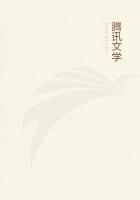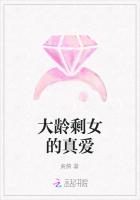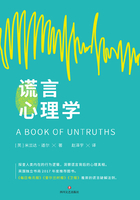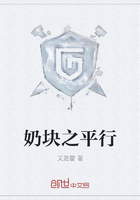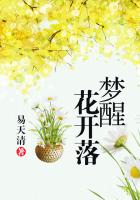Make discovery of many excellent roots and fruits - The resources of the Coral Island gradually unfolded - The banian-tree - Another tree which is supported by natural planks - Water-fowl found - Avery remarkable discovery, and a very peculiar murder - We luxuriate on the fat of the land.
OUR examination of the little valley proved to be altogether most satisfactory.We found in it not only similar trees to those we had already seen in our own valley, but also one or two others of a different species.We had also the satisfaction of discovering a peculiar vegetable, which Jack concluded must certainly be that of which he had read as being very common among the South Sea islanders, and which was named TARO.Also we found a large supply of yams, and another root like a potato in appearance.As these were all quite new to us, we regarded our lot as a most fortunate one, in being thus cast on an island which was so prolific and so well stored with all the necessaries of life.Long afterwards we found out that this island of ours was no better in these respects than thousands of other islands in those seas.Indeed, many of them were much richer and more productive; but that did not render us the less grateful for our present good fortune.We each put one of these roots in our pocket, intending to use them for our supper;of which more hereafter.We also saw many beautiful birds here, and traces of some four-footed animal again.Meanwhile the sun began to descend, so we returned to the shore, and pushed on round the spouting rocks into the next valley.This was that valley of which I have spoken as running across the entire island.It was by far the largest and most beautiful that we had yet looked upon.
Here were trees of every shape and size and hue which it is possible to conceive of, many of which we had not seen in the other valleys; for, the stream in this valley being larger, and the mould much richer than in the Valley of the Wreck, it was clothed with a more luxuriant growth of trees and plants.Some trees were dark glossy green, others of a rich and warm hue, contrasting well with those of a pale light green, which were everywhere abundant.Among these we recognised the broad dark heads of the bread-fruit, with its golden fruit; the pure, silvery foliage of the candle-nut, and several species which bore a strong resemblance to the pine; while here and there, in groups and in single trees, rose the tall forms of the cocoa-nut palms, spreading abroad, and waving their graceful plumes high above all the rest, as if they were a superior race of stately giants keeping guard over these luxuriant forests.Oh! it was a most enchanting scene, and I thanked God for having created such delightful spots for the use of man.
Now, while we were gazing around us in silent admiration, Jack uttered an exclamation of surprise, and, pointing to an object a little to one side of us, said, -"That's a banian-tree."
"And what's a banian-tree?" inquired Peterkin, as we walked towards it.
"A very curious one, as you shall see presently," replied Jack.
"It is called the AOA here, if I recollect rightly, and has a wonderful peculiarity about it.What an enormous one it is, to be sure.""IT!" repeated Peterkin; "why, there are dozens of banians here!
What do you mean by talking bad grammar? Is your philosophy deserting you, Jack?""There is but one tree here of this kind," returned Jack, "as you will perceive if you will examine it." And, sure enough, we did find that what we had supposed was a forest of trees was in reality only one.Its bark was of a light colour, and had a shining appearance, the leaves being lance-shaped, small, and of a beautiful pea-green.But the wonderful thing about it was, that the branches, which grew out from the stem horizontally, sent down long shoots or fibres to the ground, which, taking root, had themselves become trees, and were covered with bark like the tree itself.Many of these fibres had descended from the branches at various distances, and thus supported them on natural pillars, some of which were so large and strong, that it was not easy at first to distinguish the offspring from the parent stem.The fibres were of all sizes and in all states of advancement, from the pillars we have just mentioned to small cords which hung down and were about to take root, and thin brown threads still far from the ground, which swayed about with every motion of wind.In short, it seemed to us that, if there were only space afforded to it, this single tree would at length cover the whole island.
Shortly after this we came upon another remarkable tree, which, as its peculiar formation afterwards proved extremely useful to us, merits description.It was a splendid chestnut, but its proper name Jack did not know.However, there were quantities of fine nuts upon it, some of which we put in our pockets.But its stem was the wonderful part of it.It rose to about twelve feet without a branch, and was not of great thickness; on the contrary, it was remarkably slender for the size of the tree; but, to make up for this, there were four or five wonderful projections in this stem, which I cannot better describe than by asking the reader to suppose that five planks of two inches thick and three feet broad had been placed round the trunk of the tree, with their EDGES closely fixed to it, from the ground up to the branches, and that these planks bad been covered over with the bark of the tree and incorporated with it.In short, they were just natural buttresses, without which the stem could not have supported its heavy and umbrageous top.We found these chestnuts to be very numerous.They grew chiefly on the banks of the stream, and were of all sizes.



